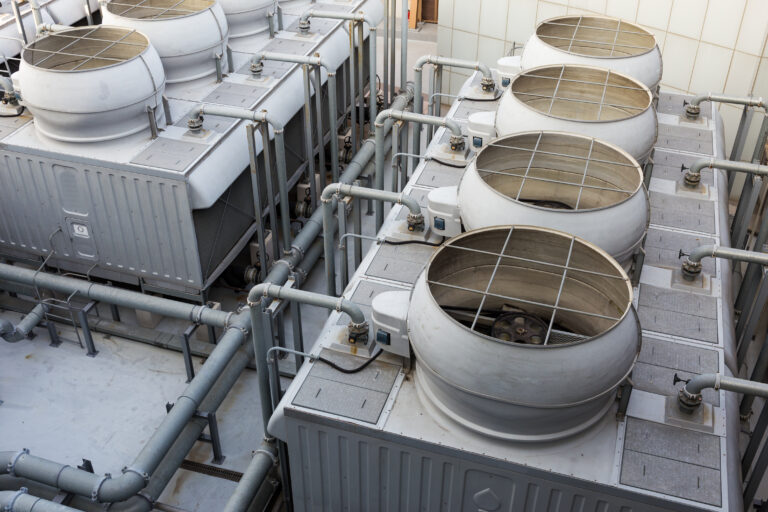We’ve said it before, and we’ll say it again: construction is a dangerous industry. Work-related accidents are very common compared with other industries, and across Canada, thousands of construction workers each year suffer injury and death as a result of explosions, electrical shocks, dust inhalation, exposure to chemicals, equipment malfunctions, extreme noise levels, and countless other hazards. Fortunately, there are steps that can be taken to drastically reduce the risks present on a construction site, improving working conditions for all involved. This is where construction safety management comes into play.
Construction safety management involves careful project planning and vigilant monitoring of work sites to ensure that health and safety take precedence. While the exact strategy may differ depending on the project, safety management in this context generally means mapping out all business activities, developing reporting procedures, implementing transparent safety policies for workers, and otherwise following all necessary precautions, as well as observing safety regulations and laws. In some cases, it might also mean thinking outside the box and looking to new technologies to help improve safety, such as digital project management tools and robots. Further, the success of a safety management strategy depends in large part on the participation of workers. With that in mind, it is critical to actively involve workers in safety management by instilling the importance of safety through regular health and safety training sessions.
While a significant undertaking, a safety management system offers a number of benefits that make the investment worth the effort. First, and most importantly, a construction safety management system protects the wellbeing of everyone involved in a project by lowering the risk of fatal and non-fatal injuries alike. Second, following good safety practices on site ensures legal compliance, guaranteeing that legal obligations to any governing bodies are met while simultaneously reducing the chance of costly legal incidents. Finally, a safety management system is an excellent tool to improve workplace collaboration and worker cohesion, as it provides clear, transparent health and safety procedures that are accessible to all. This allows a strong, safety-focused workplace to thrive, resulting in better productivity and greater worker morale.
It is evident that a safety management system is crucial to the success of any construction project. Not only can such a system save lives, but it can also affect the bottom line of a project by offering protection against financially-damaging consequences as a result of fines or lawsuits. Whether you run your own construction company or are looking to hire one, ensure that a safety management plan exists to reduce accidents, improve overall worker wellbeing, and prevent worst-case scenarios from occurring on site.
Looking for a team to take the lead on your next project? At Pulse Construction, we’re committed to doing business with an honest, professional, and competitive approach – without compromising safety or schedules. Contact us today for all of your building needs.



